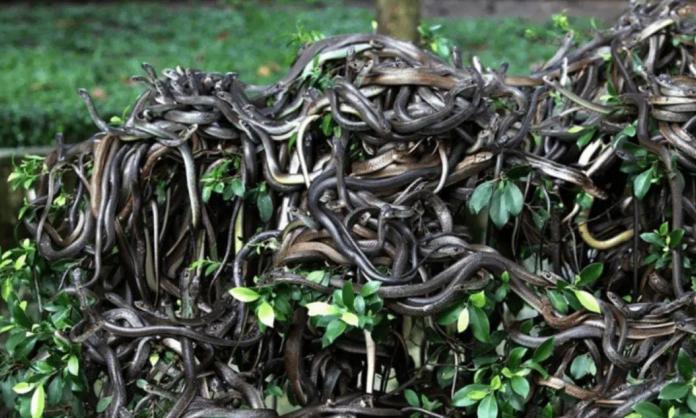The “catastrophic implosion” of OceanGate’s Titan submersible at 3,800m below sea level, which claimed the lives of five millionaires and billionaires last week, was a tragedy. But, as we have all learned in recent days, it was also an uplifting and inspiring event. OceanGate’s own press release found the bright side: “These men were true explorers who shared a distinct spirit of adventure, and a deep passion for exploring and protecting the world’s oceans”.
Subsequent revelations show that Stockton Rush, the OceanGate CEO who perished in the disaster, had for years been fighting against naysayers, safety bureaucrats and so-called submarine experts. We can only be grateful that he ignored their warnings and decided to take the plunge. And with more than 2,600 billionaires left on the planet, there are still many places left to explore. Here are five other destinations that the super-rich should get exploring in a hurry.
Reactor no. 4, Chernobyl nuclear power plant
Almost 40 years after the world’s most catastrophic nuclear meltdown, members of the public are still too cowardly to venture inside Chernobyl’s reactor no. 4. Tourists are content to take “happy snaps” at designated “safe” locations. But the reactor itself, housing 225 tonnes of radioactive material, remains encased in a structure made of more than 400,000 cubic metres of concrete. We know that entrepreneurs are all about risk-taking. They should crack that baby open and let themselves into one of the world’s least explored destinations.
Snake Island
Queimada Grande, an island off the coast of Brazil more commonly known as Snake Island, is home to the critically endangered and highly venomous lancehead pit viper. It is closed to the public to protect both people and the snake population—a classic example of bureaucratic red tape stifling the pioneering impulses of our billionaires. Snake Island should be opened to those who have the guts—and the income—to brave an overnight stay.
The Gates of Hell, Turkmenistan
At recorded temperatures of more than 400 degrees Celsius, the Gates of Hell crater has burned in the Karakum desert for 50 years. It burst into flame in 1971 when a drilling rig accidentally punched into a massive underground natural gas cavern, causing the ground to collapse and the entire rig to fall in. Thank God there was no bureaucratic red tape preventing that. This beautiful, flaming tribute to the indelible mark our innovators have had on the natural world could be the next top tourist spot for Fortune 500 CEOs. Oil industry executives in particular may be interested in visiting this piece of industrial history and seeing how far down they can go.
Sagittarius A*
At 26,000 light-years from earth, Sagittarius A*, the supermassive black hole at the centre of the Milky Way galaxy, measures an impressive 51.8 million kilometres in diameter. Scientists say that if a person were to travel into a black hole like this, their body would be subjected to a process called “spaghettification”. There’s only one way to know for sure—but just to be safe, pack yourself some meatballs!
Black Hills Forest
Conveniently located one hour’s drive from Washington DC’s Montgomery Film College, this is truly an untouched wonder boasting pristine woodlands and sites of historic interest. Despite its obvious natural charm, the Black Hills woods are shunned by residents of the neighbouring town, Burkittsville.
Places like these really do seem to hold their own special spiritual energy, and you will feel this intensely as you explore the burial cairns and small grave sites dotted around this beautiful forest. Visitors are few and far between; adventurers will be following in the brave footsteps of Maryland film student Heather Donohue and her friends “Mike” and “Josh”. Ignore any superstitious townspeople warning you about the Blair Witch who is said to reside here—we live in an age of science and rationality. Don’t let their tiny minds stop a billionaire from losing themselves in this breathtaking wilderness.










